#pueblo indian
Explore tagged Tumblr posts
Text
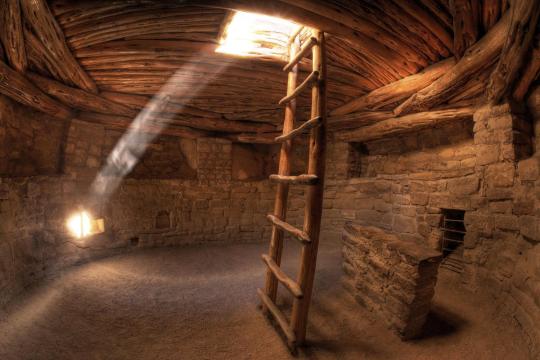
Pueblo Indian Kiva,
Room at the ruins of the Anasazi Pueblo People, Mesa Verde National Park, Colorado.
Stephen Oachs Photography
#art#design#stairwell#stairway#architecture#staircase#interiors#stairs#staircases#ladder#pueblo#history#kiva#pueblo indian#anasazi#mesa#verde#colorado#usa#stephen oachs
39 notes
·
View notes
Photo
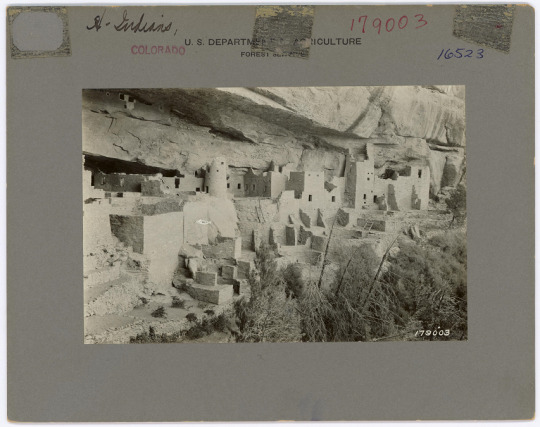
Cliff Palace, the Ancestral Pueblo cliff dwellings at Mesa Verde, photographed on July 27, 1923.
Record Group 95: Records of the Forest Service
Series: Photographs Relating to National Forests, Resource Management Practices, Personnel, and Cultural and Economic History
Image description: We can see a couple dozen of the sandstone-and-mortar rooms that make up the Cliff Palace site. The rooms mostly have sharp corners, but a few are round. They are built under an overhanging cliff.
#archivesgov#July 27#1923#1920s#Cliff Palace#Mesa Verde#mesa verde national park#Ancestral Pueblo#Native American history#American Indian history#Indigenous American history#or prehistory I suppose#archaeology#Colorado
131 notes
·
View notes
Text



#quarai#Salinas mission Pueblos#adventure#travel#my photo#southwest#photography#aesthetic#landscape#archaeology#history#puebloans#American Indians
67 notes
·
View notes
Text
As much as I enjoyed seeing Laura in Deadpool & Wolverine, one thing has been bothering me since opening night, and I can’t shake it:
Why did Marvel design her a shirt that says “Savage”?
It’s a fictional band t-shirt. I spent hours reverse image searching and browsing album covers and tour posters of bands with related names, album titles, and song titles, and while it’s clearly inspired by real rock bands and tours, it was nevertheless made up. They actively chose to make up a shirt with a derogatory racial term for a group Laura and the actress who plays her is not a part of for her to wear. Someone was paid by Marvel to design it. Why?
Now companies are selling copies of the shirt, so more people will be out in the world wearing a shirt with a term that, whether you want to call it a slur or just a “derogatory racial term,” has a dark, violent history and makes many Native Americans uncomfortable. It is a word that was used to justify cultural genocide within my parent’s lifetime, that has been used as a justification for racist discrimination and hatred within our lifetimes, not just Logan’s lifetime.
Logan had band logos, too. They used Awaken the Dreamers by All Shall Perish. The title track is about fighting for human rights and ending oppression, the design features the Statue of Liberty holding a gun, not a torch, surrounded by the silhouettes of swarming military planes. Now in Deadpool & Wolverine, we’re casually using the word savage, sticking it on a “feral” character with a reputation for violence. It could be powerful if Laura were Native. She escaped from a government run institution systematically abusing and dehumanizing children based on their heritage. Logan cast primarily people of color to play the X23 children. Gabriela Lopez died at the Liberty Motel and Logan died at what was described at “the last stop on the mutant underground to Canada”. They utilized the mutant metaphor very deliberately, and I feel that Deadpool & Wolverine’s choice of costuming for Laura did that a disservice.
(Yes, I’m aware of Savage Wolverine. Its potential as an Easter egg for a racist comic book title doesn’t make it not racist)
#Deadpool and Wolverine#Deadpool 3#racist language#anti native racism#Marvel#Deadpool & Wolverine#The first part of Logan was filmed right across the street from the Santa Ana rez and bordered to the north by the Zia Pueblo#The cast stayed at the Tamaya Resort on the Pueblo while filming there.#The gas station scene was the Laguna 66 Pit Stop on the Laguna Pueblo.#Eden was less than 4 miles from the Poshuoinge Pueblo ruins.#Chama - where the final scene was filmed - is situated between the Jicarilla Apache Nation and Taos Pueblo.#I’m not Native. I’m local enough though that when I watch Logan I see Indian Country.#I think that made it all the more jarring to me to see ‘savage’ in D&W.#(Not being reclaimed or subverted but casually on a white actress)#idk... I know it doesn't bother everyone & like I said I'm not Native. but as a white woman who's heard that word weaponized#(& a diehard fan of Laura for the last 20 years so believe me I’m not looking for something to be mad about)#i don’t think the mutant metaphor is enough to make it okay for a white actress to wear that shirt#(first post in the morning pre-coffee no editing we die like fic authors with no betas)
9 notes
·
View notes
Text
Margaret Tafoya
Margaret Tafoya was born in 1904 in Santa Clara Pueblo, New Mexico. Tafoya was regarded as a master of Santa Clara Pueblo pottery making, and was known throughout the world for her ability to make uncommonly large clay vessels by hand. She decorated her work with symbols of survival, such as water serpents, bear claws, and rain clouds. In 1984, Tafoya was honored with a National Endowment for the Arts Heritage Fellowship.
Margaret Tafoya died in 2001 at the age of 96.
#native american#native american art#santa clara pueblo#american indian#indigenous#indigenous women#art#artists#art histry#pottery#ceramics#native art
4 notes
·
View notes
Text

"Quando a última árvore tiver caído. Quando o último rio tiver secado. Quando o último peixe for pescado, vocês vão entender que dinheiro não se come."
"Quem sabe o que planta não teme a colheita!"
23 notes
·
View notes
Text

Taos Pueblo children, ca. 1915(?)
Portrait of Native American (Taos Pueblo) boys by a ladder and adobe walls at Taos Pueblo, New Mexico; they play with a puppy.
Photographs - Western History
Denver Public Library Digital Collections
#dogs#puppies#children#taos pueblo#native american children#american indian children#new mexico#denver public library#children playing with puppies
4 notes
·
View notes
Text
The Indian Pueblo Cultural Center in Albuquerque is currently hosting the 44th Annual Native American Student Art Show. The art show features the works of Indigenous youth from kindergarten through 12th grade who attend schools all across New Mexico.
The exhibition opened on Nov. 23 and can be seen through Feb. 6.
This year, the show’s theme is “Water is life.”
“For Native American youth in New Mexico, this year’s exhibition activates a responsive avenue to channel their understandings of the vitality and sustaining force of water into innovative and artistic expressions,” a placard in the exhibition room reads.
All of the pieces in the art show are an exploration of what this prompt entails. They range from literal portrayals, which represent the importance of water to Indigenous communities, to abstract interpretations of the theme.
The art show is also a contest, which is judged by multiple individuals and organizations. These include NSRGNTS, a local Indigenous artist collective; Sonny Ray Olguin, a student in the University of New Mexico’s Museum Studies graduate program; and the NM-INSPIRES and CHANGES centers, two organizations based at UNM that focus on the impact of climate change on New Mexico.
#new mexico#native american youth#native american#native youth#albuquerque#youth empowerment#nsrgnts#Indian Pueblo Cultural Center
0 notes
Text

Come shop and save this holiday season.
0 notes
Text
Santa Fe: Getting to Know The City Different
It has been more than a decade since I lived in Santa Fe. But it’s a city one cannot easily forget. In many ways, it’s a city that I will always miss. I fell in love with Santa Fe the first time I visited, about 1975, and I still cherish the years that I lived and worked there. Long described by both residents and visitors as “The City Different,” Santa Fe was known by its earliest inhabitants…
#Art#Camino Real#Canyon Road#Festivals#History#Indian Market#La Fonda#New Mexico#Oldest Church#Pueblos#Route 66#Santa Fe Trail#Spanish Market#The City Different#Zozobra
0 notes
Text
The buildings had been called Kivas after the sacred ceremonial chambers of the Pueblo Indians, whose priests approached them with the greatest awe.
"Brighter than a Thousand Suns: A Personal History of the Atomic Scientists" - Robert Jungk, translated by James Cleugh
#book quote#brighter than a thousand suns#robert jungk#james cleugh#nonfiction#kivas#pueblo indians#native american#priest#ceremonial chamber#awe
1 note
·
View note
Text
Brahma Faring in 21st-Century Mazes, by Sylvia Swain
Brahma Faring in 21st-Century Mazes, by Sylvia Swain http://wp.me/pFy3u-1Jk We all traverse pathways of many different kinds.
We human beings are all farers through life and will traverse pathways of many different kinds — tranquil woodland paths, busy city streets, highways, byways, even soulless, preoccupied motorways. Late and in a traffic jam, one mood can trigger another, taking us into an emotional turmoil of frustration, anxiety, anger, and enter into a different kind of transport which carries us away to…

View On WordPress
#Brahmacariya#Gautama Buddha#Jung#Jung and Pueblo Indians#NaBloPoMo#Phiroz Mehta#Psychology#WPLongform
0 notes
Photo

Lado sur de la plaza principal mirando al oeste. Jemez Pueblo, Nuevo México. Fotógrafo: Carlos Sierra. Fecha: 1915?
#jemez pueblo#natives#native#native american#Native America#Nativo#nativos#nativo americano#nativoamerica#Nativos Americanos#american indian#American Native#nativeamericans
0 notes
Text

In celebration of Native American Heritage Month and Indigenous Peoples Month, we reflect on the deep history, resilience, and cultural richness of Indigenous communities.
Sharing these stories allows us to honor traditions and contributions that continue to shape our shared world. For those interested in learning more, JSTOR Daily has curated a collection that highlights Indigenous perspectives, art, and histories.
Image: Detroit Publishing Co. Pueblo Indian Woman with Olla. 1902. Trinity College, Watkinson Library.
#jstor#jstor daily#indigenous peoples month#native american heritage month#indigenous peoples#native americans#indigenous history#native american history
498 notes
·
View notes
Text
"Native Americans across Indian Country shared mixed emotions this week after President Biden apologized for the U.S. government’s role in running Native American boarding schools across the country.
During the 150-year practice, at more than 400 schools where the U.S. partnered with various religious institutions, Indigenous children were separated from their families and stripped of their language and customs in an effort to assimilate into white culture. There were also documented cases of abuse and death.
Secretary of the Interior Deb Haaland, who is a member of the Laguna Pueblo tribe and has been instrumental in bringing these issues to a wider audience through her Federal Indian Boarding School Initiative, applauded Biden’s move.
“I'm so grateful to [Biden] for acknowledging this terrible era of our nation's past,” Haaland, whose grandparents were taken to boarding schools, posted on X.
ederal Indian boarding schools have impacted every Indigenous person I know. These were places where children - including my grandparents - were traumatized. I'm so grateful to @POTUS for acknowledging this terrible era of our nation's past.
“I would never have guessed in a million years that something like this would happen,” she told the Associated Press.
At the Gila Crossing Community School near Phoenix, Biden celebrated Haaland’s historic role and apologized today for America’s “sin.”
“It’s an honor, a genuine honor … to right a wrong, to chart a new path,” he said. “I formally apologize as president of the United States of America for what we did. I formally apologize. It’s long overdue.”
However, Indigenous leaders and citizens across the country stressed that this is only the first step.
“This is one of the most historic days in the history of Indian Country, and an apology of this size must be followed by real action,” Nick Tilsen, who belongs to the Oglala Lakota Nation and is president and CEO of the Indigenous rights organization NDN Collective, told Yahoo News.
Tilsen believes that there are specific, actionable steps that need to accompany any apology. For him, that means passing the U.S. Truth and Healing Commission bill in Congress, rescinding medals of honor for those who participated in the Battle of Wounded Knee, releasing “longest living Indigenous political prisoner in American history Leonard Peltier, who is also a boarding school survivor” and “unprecedented investment in Indigenous languages and education.”
Principal Chief of the Cherokee Nation Chuck Hoskin celebrated the move, calling out Haaland’s role in particular, and echoed the sentiment of following any apology with action.
“The [Department of the Interior’s] recommendations, especially in the preservation of Native languages and the repatriation of ancestors and cultural items, can be a path toward true healing,” Hoskin said in a statement.
While many Indigenous leaders are calling for action, Tilsen stressed that this is also a time to hold boarding school survivors and their families close.
“At this moment in history, we have to remember many of the survivors of the boarding schools are still alive,” he said. “It's in every household and it's in every community. And it's directly tied to the struggles that our people have today.”
Dylan Rose Goodwill, who is Diné (Navajo), Hunkpapa Lakota and Sisseton Wahpeton Dakota, was visiting Sherman Indian High School in Riverside, Calif., on Thursday when she heard the news about Biden’s forthcoming apology. It’s a place that is part of her family history, as her grandmother (or másáni) was sent there when it served as a federally run Native boarding school.
She told Yahoo News that hearing the news there was “complicated.”
As the senior assistant director of undergraduate admissions at the University of Southern California, Goodwill was visiting the school as a college recruiter.
“I've always had these kinds of mixed feelings because it's been weird to be the admission counselor for the schools that my own grandparents attended,” she said.
“It was already a tough morning to go and then to receive the news on site was really a mixture of feelings because I felt anger mostly, where it was like disbelief that this was happening, excitement that at least it was happening, but also feeling like this isn't enough,” Goodwill added.
Sitting where her grandmother sat in the 1930s and '40s, Goodwill asked herself, “What is that gonna really hold for her now? She passed in '04.”
Biden’s statement comes 16 years after former Canadian Prime Minister Stephen Harper apologized for Canada’s role in the Indigenous residential school system — a topic filmmakers Julian Brave NoiseCat and Emily Kassie document in their film Sugarcane, about St. Joseph’s Mission School near the Sugarcane reserve in British Columbia.
NoiseCat is a member of the Canim Lake Band Tsq’escen and a descendant of the Lil’wat Nation of Mount Currie and whose grandmother attended the Catholic Church-run residential school and gave birth to his father there. He told Yahoo News that this moment was important for a “continentwide conversation about what happened to Native families and Native children at Native American boarding schools and Indian residential schools.”
Joining Biden and Haaland for the event on the Gila River Indian Reservation along with Kassie, NoiseCat continued, “The fact that the president has chosen to formally apologize to survivors and their families is a real testament to the significance of this story, which needs to be understood as a foundational story to North America.”
However, Kassie echoed that actionable steps must follow sentiment.
“As momentous and important as this day is, it's important that it's followed up with action,” she told Yahoo. “It's important that the records of what happened at these institutions that are held by the U.S. government and the Catholic Church are opened to Indigenous communities who are looking for answers. And it's important that those communities also have the opportunity to hold to account those institutions and individuals who abused them.”
For Tilsen, it’s also a time to “center the survivors.”
“As we sort of politically dissect this moment,” he said, “I also want to recognize the pain that is being resurfaced, and that our people deserve the right to have pain and they deserve the right to have rage in this moment while we lean towards moving forward in action.”
NoiseCat, who has a deeply personal connection to the residential school history, said, “I'm probably going to call my dad today after the apology and just check in with him.”
369 notes
·
View notes
Text
Indigenous People's Day

DR. HENRIETTA MANN Cheyenne
On this Indigenous Peoples' Day, we are featuring Matika Wilbur’s recent publication Project 562: Changing the Way We See Native America, published by Ten Speed Press in 2023. Wilbur (b. 1984) is a visual storyteller and member of the Swinomish and Tulalip peoples of coastal Washington. She holds a degree from the Brooks Institute of Photography alongside a teaching certificate that has shaped her style of educating through narrative portraits.
Project 562: Changing the Way We See Native America, a book born from a documentary project of the same name, resolves to share contemporary Native issues and culture. In 2012 Wilbur set out from Seattle to visit and photograph all 562 plus Native American sovereign territories in the United States.
Wilbur’s engagement with the communities she visited resulted in the creation of hundreds of dynamic portraits and documentation of conversations about “tribal sovereignty, self-determination, wellness, recovery from historical trauma, decolonization of the mind, and revitalization of culture.” She refers to her portraiture approach as “an indigenous photography method” that includes several hours and sometimes days of interaction with the participants, an exchange of energy and gifts, and asking sitters to choose their portrait location. The outcome is a stunning collection of Native narratives and portraits.

GREG BISKAKONE JOHNSON Lac Du Flambeau Band of Lake Superior Chippewa Indians
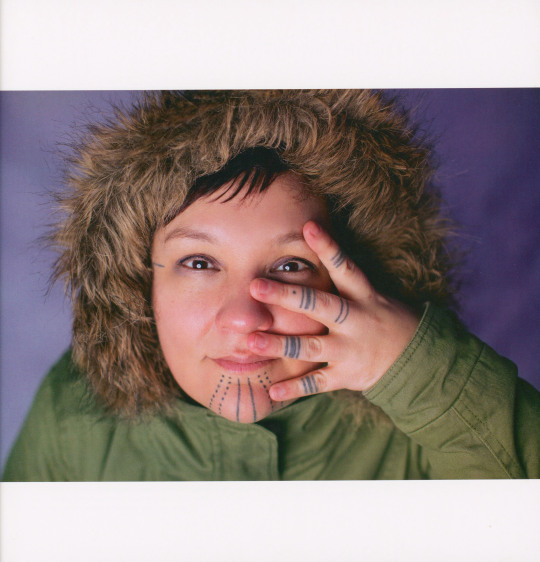
HOLLY MITITQUQ NORDLUM Iñupiaq

J. MIKO THOMAS Chickasaw Nation
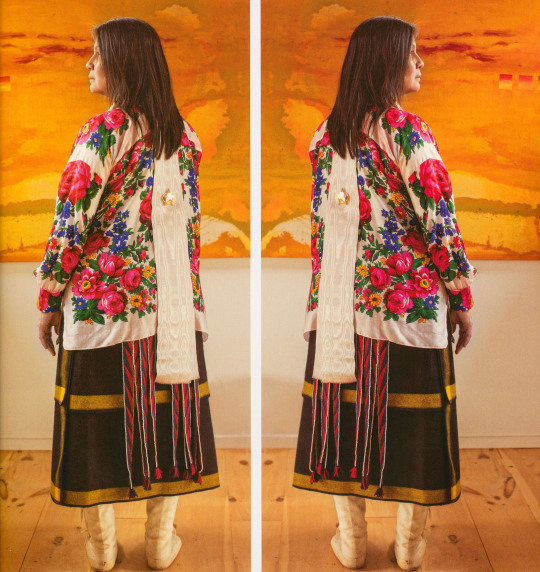
MOIRA REDCORN Osage, Caddo

HELENA and PRESTON ARROW-WEED Taos Pueblo/Kwaatsaan, Kamia
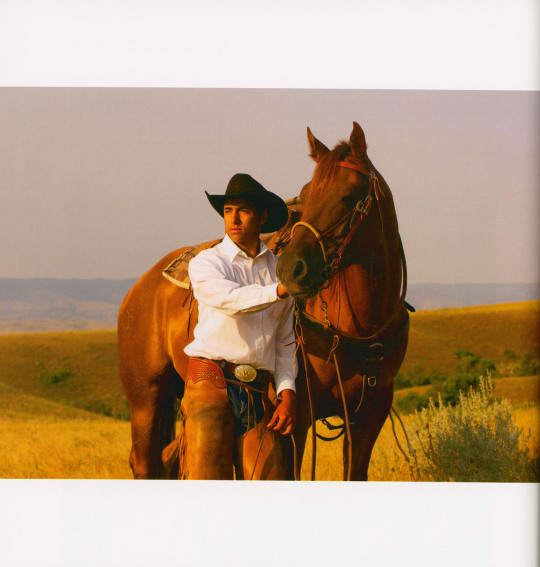
STEPHEN YELLOWTAIL Apsáalooke (Crow Nation)
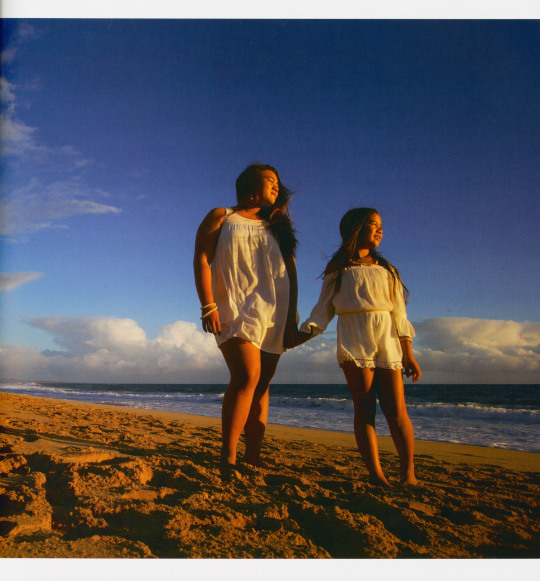
LEI'OHU and LA'AKEA CHUN Kānaka Maoli
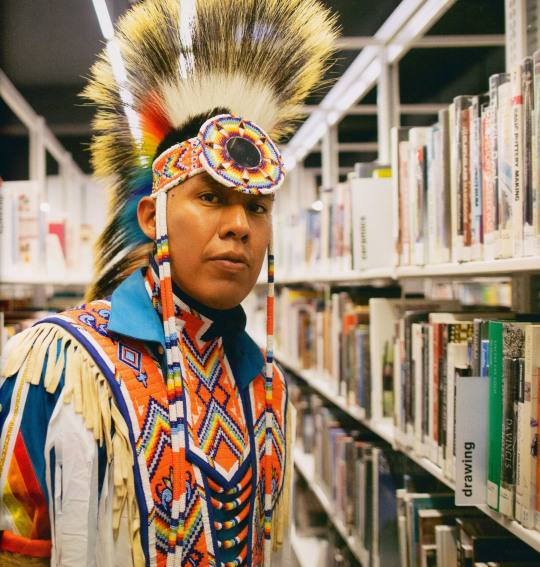
ORLANDO BEGAY Diné
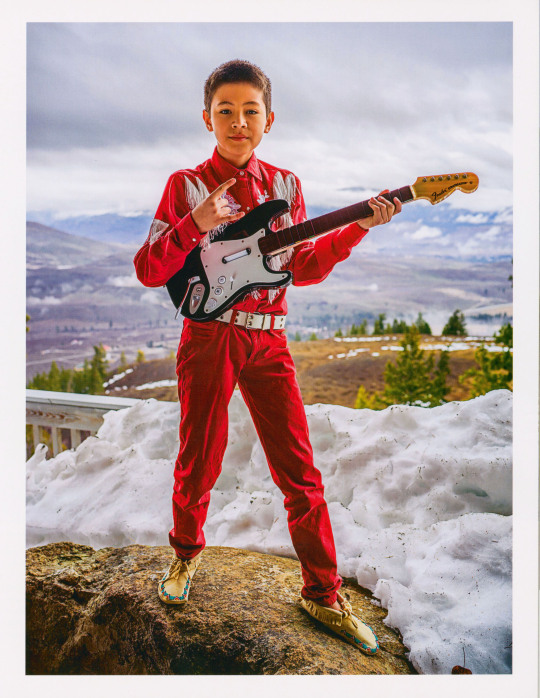
KALE NISSEN Colville Tribes

GRACE ROMERO PACHECO Santa Ynez Band of Chumash Indians

ISABELLA and ALYSSA KLAIN Diné
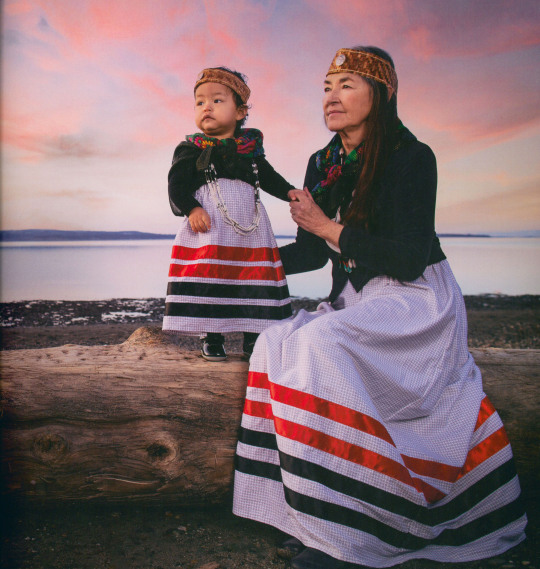
NANCY WILBUR Swinomish
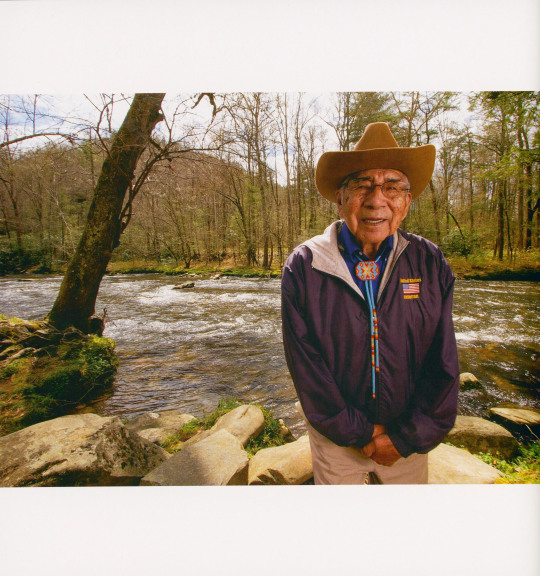
DR. JEREMIAH "JERRY" WOLFE Eastern Band of Cherokee Indians
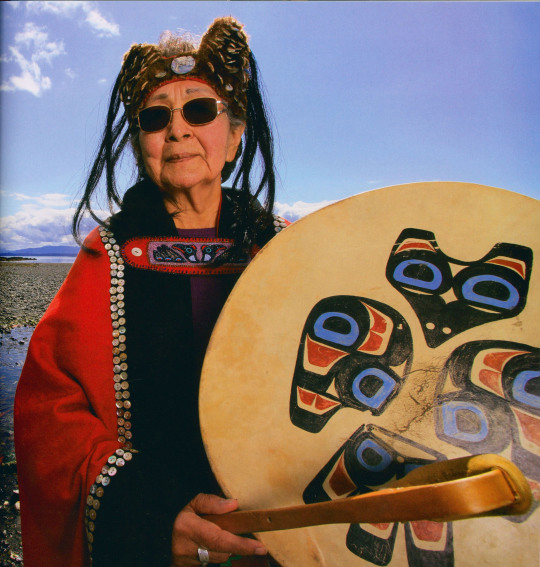
RUTH DEMMERT Tlingit
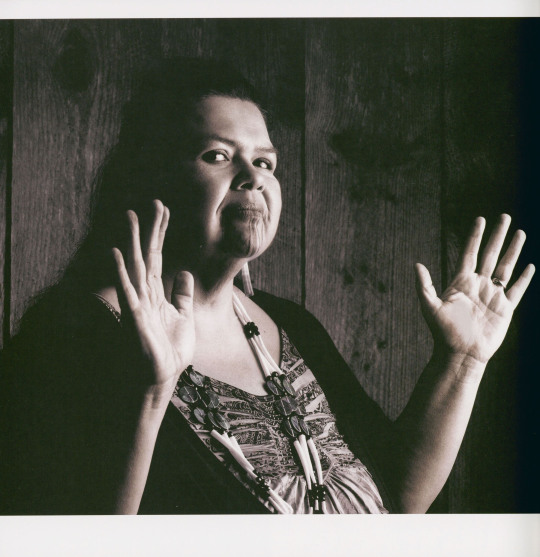
MARVA SII~XUUTESNA JONES Tolowa Dee-Ni' Nation, Yurok, Karuk, Wintu
Matika Wilbur will be speaking on UW-Milwaukee's campus Thursday, November 16 from 6-7p.m. in conjunction with her exhibition Seeds of Culture: The Portraits and Voices of Native American Women on view at the Union Art Gallery November 16 through December 15, 2023.
-Jenna, Special Collections Graduate Intern
We acknowledge that in Milwaukee we live and work on traditional Potawatomi, Ho-Chunk, and Menominee homelands along the southwest shores of Michigami, part of North America’s largest system of freshwater lakes, where the Milwaukee, Menominee, and Kinnickinnic rivers meet and the people of Wisconsin’s sovereign Anishinaabe, Ho-Chunk, Menominee, Oneida, and Mohican nations remain present.
#indigenous peoples' day#matika wilbur#project 562#Ten Speed Press#Native Americans#holidays#UWM Native American Literature Collecton
848 notes
·
View notes